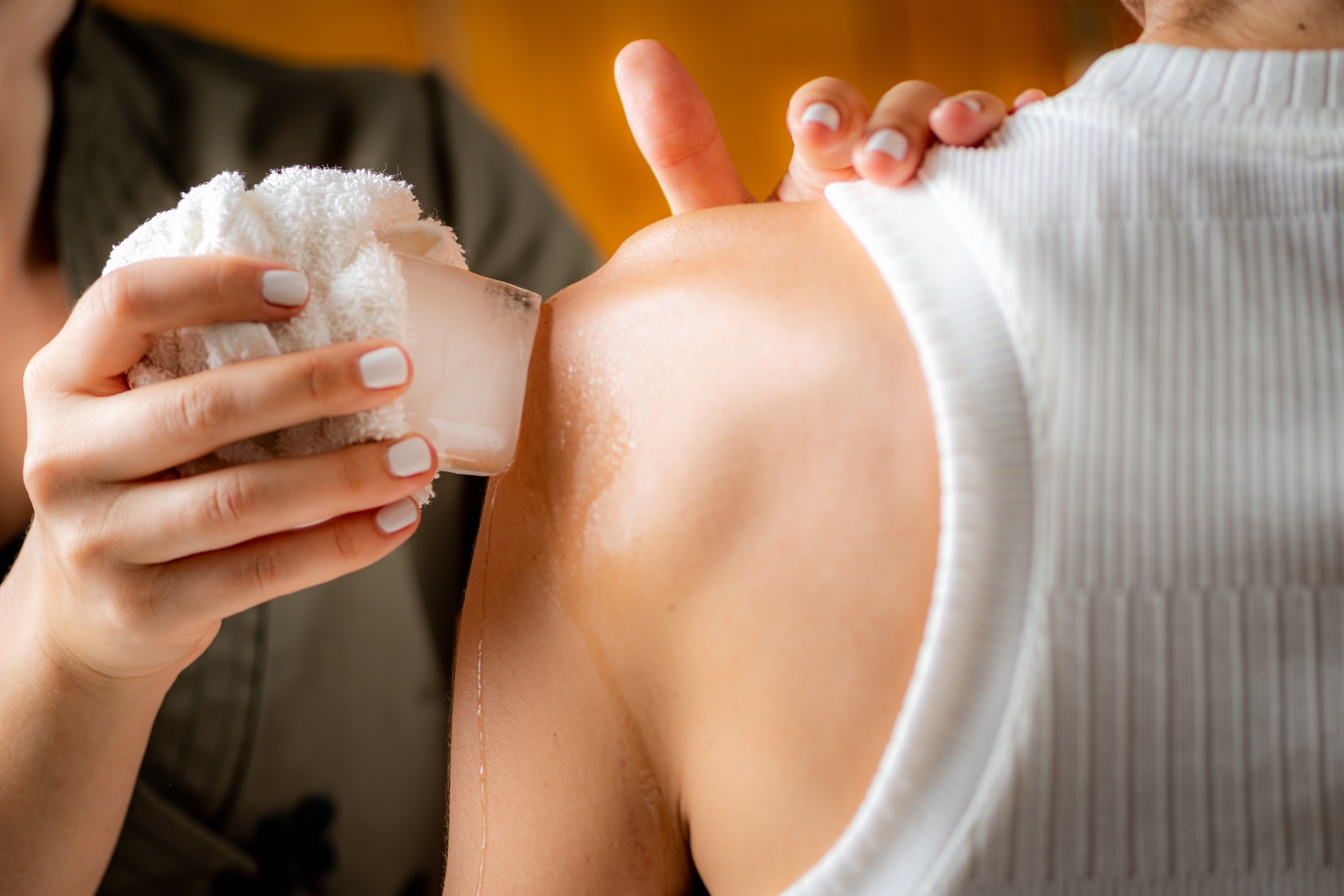Why Is Cryosurgery Performed? A Complete Guide to Its Uses and Benefits

At Fall Creek Skin and Health Clinic, we strive to provide our patients with a range of treatment options tailored to their unique skin and health concerns. One of the innovative procedures we offer is cryosurgery, a minimally invasive technique that utilizes extreme cold to treat various skin conditions. In this guide, we’ll explore why cryosurgery is performed and its numerous benefits.
What Is Cryosurgery?
Cryosurgery involves the application of cold temperatures to destroy abnormal tissues or lesions, commonly using liquid nitrogen. This technique is effective for a variety of conditions and is gaining popularity due to its precision and minimal recovery time.
Common Uses of Cryosurgery
1. Skin Lesions
Cryosurgery is commonly used to treat skin lesions such as warts, moles, and skin tags. By freezing these growths, the procedure effectively eliminates them without the need for invasive surgery.
2. Precancerous Conditions
One of the most significant applications of cryosurgery is in treating precancerous skin conditions like actinic keratosis. These lesions can develop into skin cancer if left untreated, and cryosurgery offers a quick and effective solution.
3. Skin Cancer
In certain cases, cryosurgery can also be used to treat specific types of skin cancer, particularly basal cell carcinoma and squamous cell carcinoma. By freezing cancerous tissues, we can eliminate cancerous cells while preserving healthy skin.
4. Other Medical Indications
Beyond cosmetic and dermatological uses, cryosurgery can also be employed in treating various conditions, such as some types of rhinitis (inflammation of the nasal lining) and lesions in other areas of the body.
Benefits of Cryosurgery
1. Minimally Invasive
One of the most appealing aspects of cryosurgery is that it is a minimally invasive technique. Unlike traditional surgical approaches that require incisions and sutures, cryosurgery leaves little to no scarring.
2. Quick Procedure and Recovery
Sessions typically last only a few minutes, making it an efficient treatment option for busy individuals. Furthermore, recovery time is usually minimal, allowing patients to return to their normal activities almost immediately.
3. Effective and Precise
Cryosurgery can target specific areas with precision, effectively destroying abnormal tissues while sparing surrounding healthy skin. This targeted approach increases the procedure's success rate and enhances cosmetic outcomes.
4. Affordability
At Fall Creek Skin and Health Clinic, we prioritize affordability without compromising quality. Cryosurgery is a cost-effective solution for many skin-related problems, making it accessible for patients of all ages.
Conclusion
Cryosurgery is a versatile, effective, and safe option for various skin-related conditions, from cosmetic concerns to serious health issues like skin cancer. If you’re struggling with skin lesions, precancerous spots, or simply want to know more about this innovative procedure, the experts at Fall Creek Skin and Health Clinic are here to help. We treat patients of all ages and are committed to providing affordable, quality care tailored to your specific needs. Contact us today to learn more about how cryosurgery can benefit you!




